Dell unveils four new PowerEdge servers with AMD EPYC processors
The company claimed that customers can expect a 121% performance improvement


Dell has unveiled the next generation of its PowerEdge servers with 4th Generation AMD EPYC processors, designed for AI and high performance (HPC) computing workloads.
The company said the new hardware provides performance and storage advancements, suitable for businesses that perform advanced workloads including data analytics, AI, HPC, and virtualisation.
Dell underlined that customers can expect up to 121% performance improvement, up to 33% more front-drive count for two rack (2U) servers, and up to 60% higher front-drive count for one rack (1U) servers.
“Our latest PowerEdge servers are purpose-built to meet the needs of today’s demanding workloads with efficiency and resiliency,” said Rajesh Pohani, vice president of portfolio and product management for PowerEdge, HPC and Core Compute at Dell Technologies.
“With up to double the performance of the previous generation, combined with the latest in power and cooling innovations, these servers are designed to meet the growing demands of our customers.”
There are four different servers available in the new PowerEdge series:
- PowerEdge R7625 is designed for data centres through its dual 4th generation AMD EPYC processors. This is a 2-socket, which means two slots for CPUs, 2U platform that Dell claimed accelerates in-memory databases by over 72%.
- PowerEdge R7615, a one-socket, 2U server with a faster memory bandwidth than previous generations. This is designed for smaller data centres and can speed up AI workloads.
- PowerEdge R662, a two-socket, 1U server. Dell said this is suited for HPC workloads or running multiple virtual desktop infrastructure instances.
- PowerEdge R6615, a one-socket, 1U server that offers more virtual machine density than previous generations. The server is smaller than the other but still offers increased compute power, and helps limit data centre footprint expansion.
The R7625 is currently available in limited configurations, while the rest of the servers are expected to become available in February 2023.
Get the ITPro daily newsletter
Sign up today and you will receive a free copy of our Future Focus 2025 report - the leading guidance on AI, cybersecurity and other IT challenges as per 700+ senior executives
Dell has also boosted the security features that are built-into its servers. This includes system lockdown, drift detection, and multi factor authentication (MFA). Dell underlined this is extremely important for data centres, with its systems providing a more secure operation. AMD has also included an embedded security subsystem in the new processor to help protect data.
The servers also record details of the server hardware and firmware build at the time of manufacturing. Organisations can then verify that their server arrived as ordered and built from the factory.
How are the new servers sustainable?
The servers come with Dell’s cooling technology, Smart Cooling, to allow for more airflow through the systems than in previous generations. It said this will keep them cool while performing at the highest levels for long periods of time.
RELATED RESOURCE
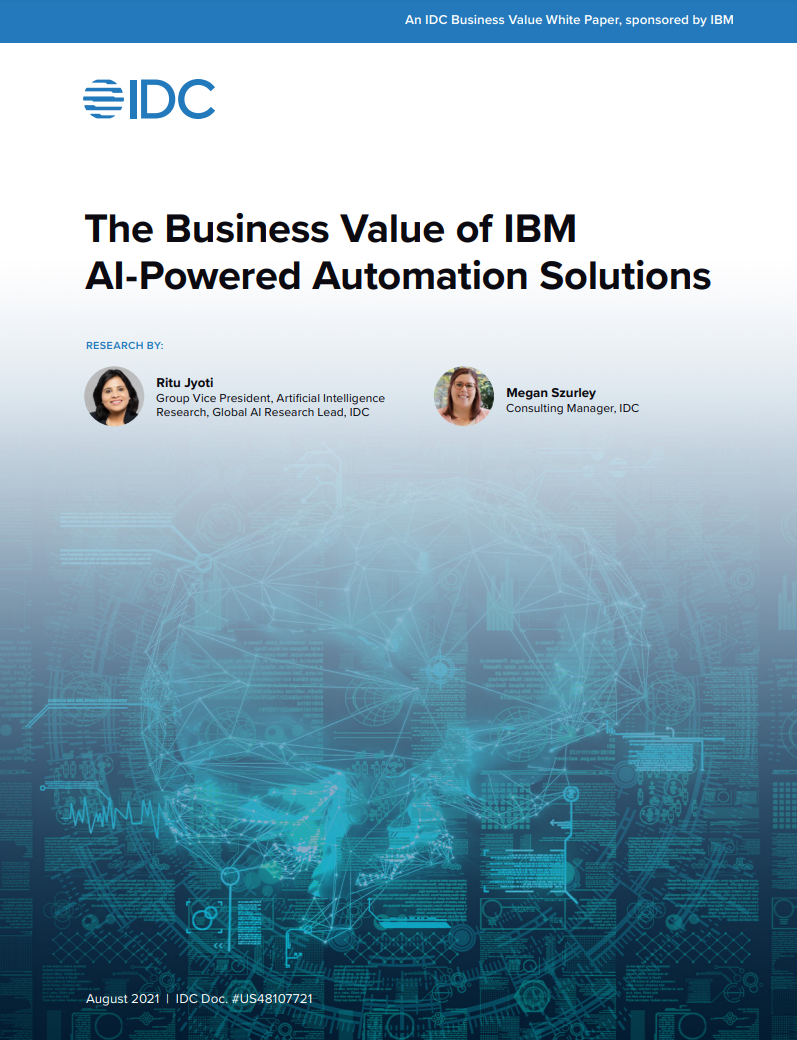
The business value of IBM AI-powered automation solutions
Improved business operations, processes, and results
Additionally, the servers are designed to reduce heat generated, energy consumed, and the burden on other resources needed to power the systems. For example, the PowerEdge R7625 delivers up to 55% greater processor performance efficiency compared to its previous models, said the company.
Lastly, Dell said that the new servers will be part of its commitment to source recycled or renewable materials in over half of Dell product content by 2030. Also, when the company ships multiple servers at once, they will be delivered more sustainably by reducing the number of boxes and materials it takes to ship the systems.
Zach Marzouk is a former ITPro, CloudPro, and ChannelPro staff writer, covering topics like security, privacy, worker rights, and startups, primarily in the Asia Pacific and the US regions. Zach joined ITPro in 2017 where he was introduced to the world of B2B technology as a junior staff writer, before he returned to Argentina in 2018, working in communications and as a copywriter. In 2021, he made his way back to ITPro as a staff writer during the pandemic, before joining the world of freelance in 2022.
-
 Bigger salaries, more burnout: Is the CISO role in crisis?
Bigger salaries, more burnout: Is the CISO role in crisis?In-depth CISOs are more stressed than ever before – but why is this and what can be done?
By Kate O'Flaherty Published
-
 Cheap cyber crime kits can be bought on the dark web for less than $25
Cheap cyber crime kits can be bought on the dark web for less than $25News Research from NordVPN shows phishing kits are now widely available on the dark web and via messaging apps like Telegram, and are often selling for less than $25.
By Emma Woollacott Published
-
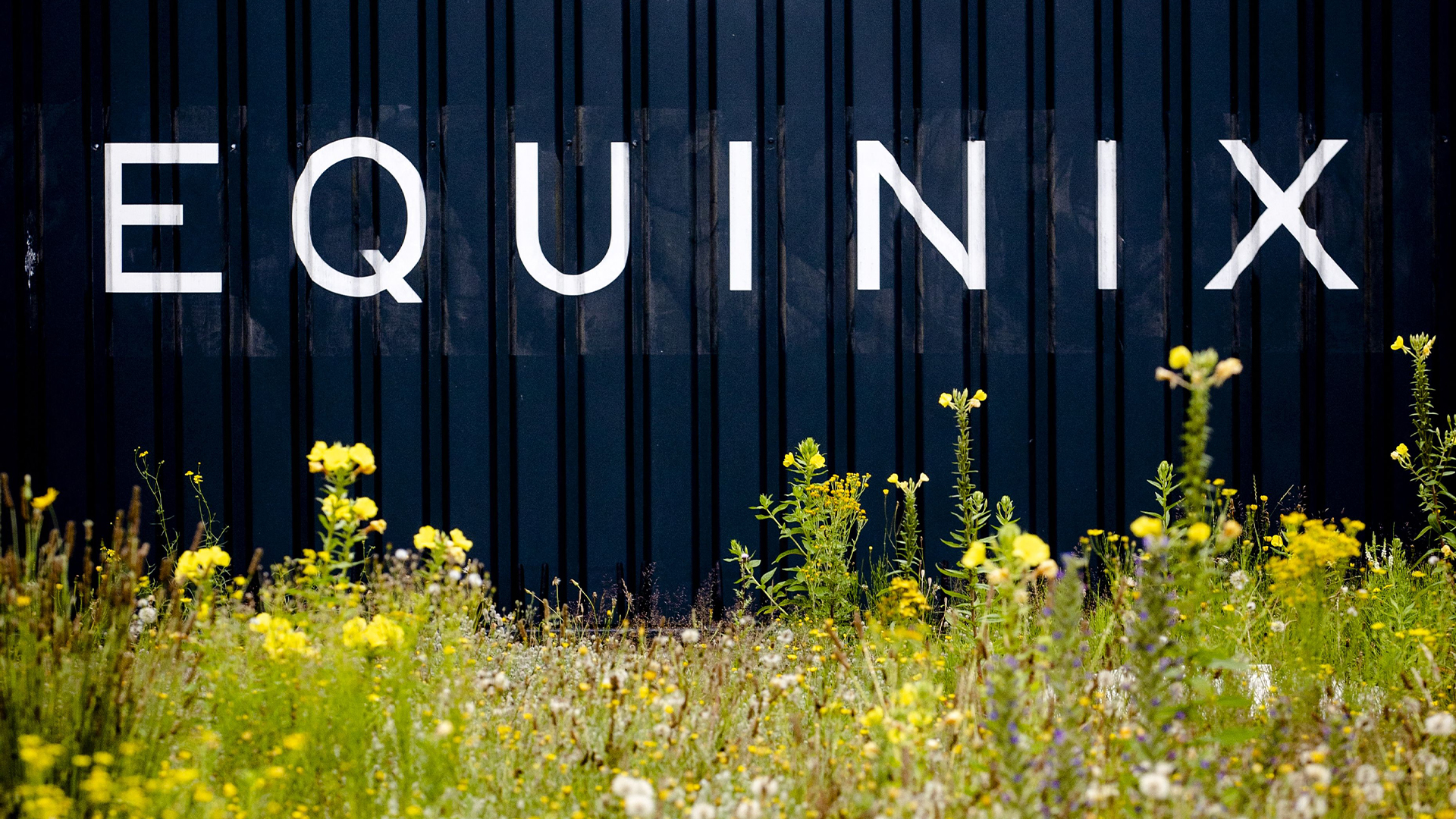 Equinix and Dell Technologies want to transform AI infrastructure
Equinix and Dell Technologies want to transform AI infrastructureNews Dell AI Factory technology will be integrated into the Equinix global network of data centers
By Emma Woollacott Published
-
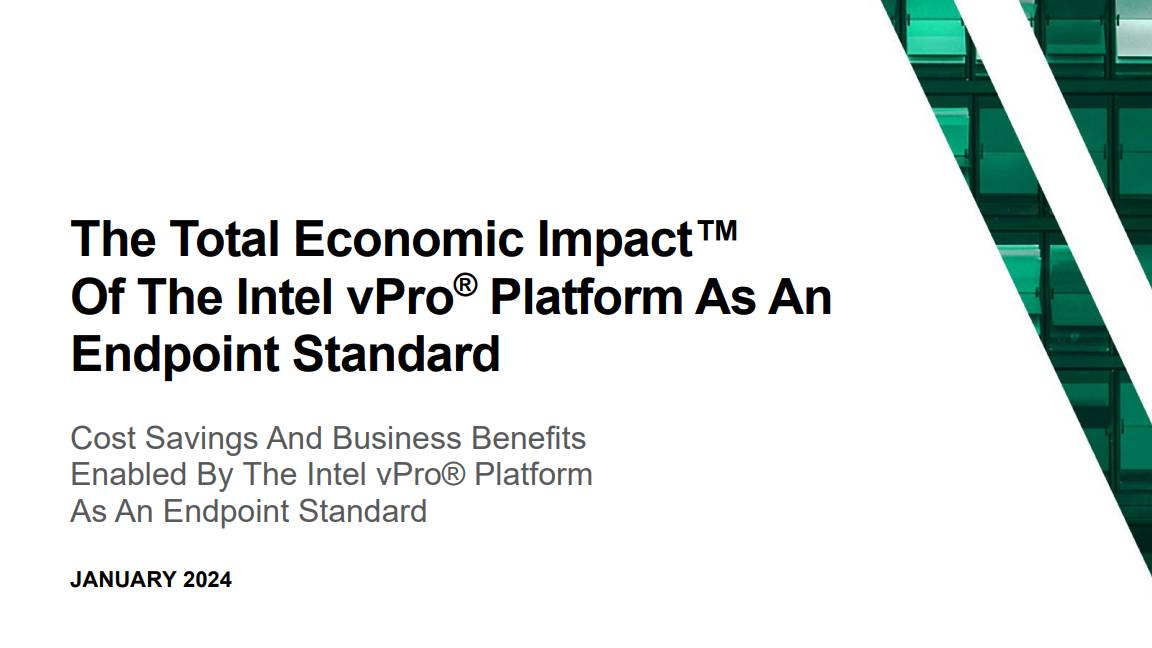 The Total Economic Impact™ of the Intel vPro® platform as an endpoint standard
The Total Economic Impact™ of the Intel vPro® platform as an endpoint standardwhitepaper Protection across AI attack vectors
By ITPro Published
-
 Testing the Value of Dell™ PowerEdge™ R750 Servers with Windows Server® 2022 Preinstalled
Testing the Value of Dell™ PowerEdge™ R750 Servers with Windows Server® 2022 Preinstalledwhitepaper Protection across AI attack vectors
By ITPro Published
-
 Discover the six superpowers of Dell PowerEdge servers
Discover the six superpowers of Dell PowerEdge serverswhitepaper Transforming your data center into a generator for hero-sized innovations and ideas.
By ITPro Published
-
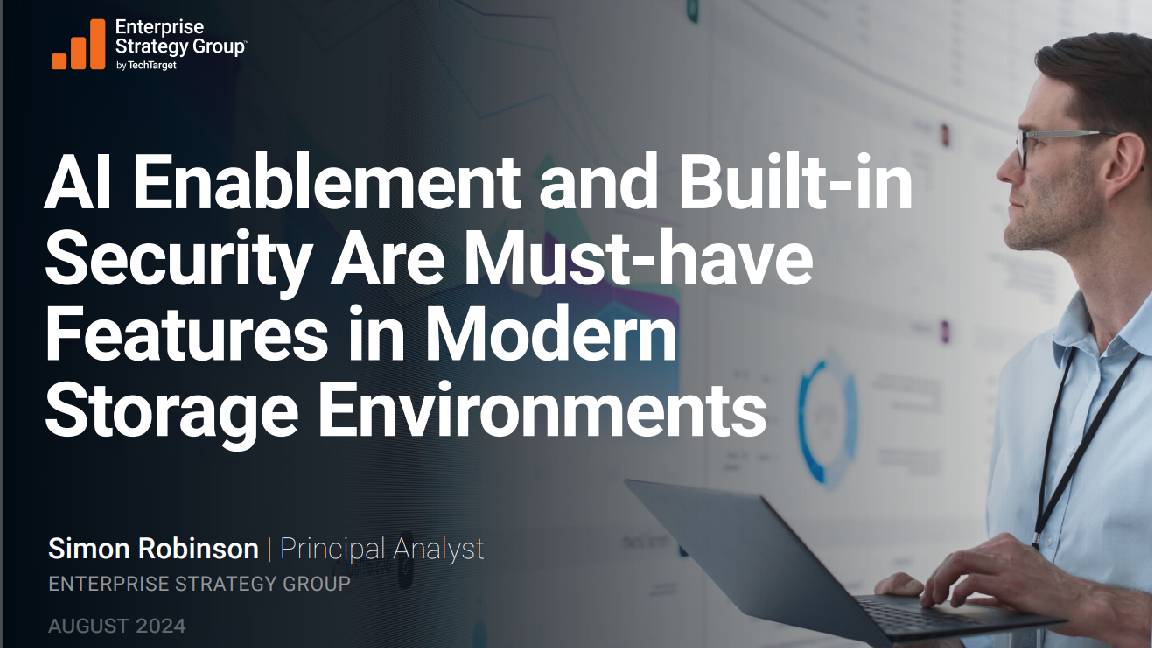 AI enablement and built-in security are must-have features on modern storage environments
AI enablement and built-in security are must-have features on modern storage environmentswhitepaper Modernize storage infrastructure to serve future application demands
By ITPro Published
-
 Accelerate AI initiatives on Dell VxRail
Accelerate AI initiatives on Dell VxRailwhitepaper Protection across AI attack vectors
By ITPro Published
-
 Choose high data-efficiency technology for lower storage TCO
Choose high data-efficiency technology for lower storage TCOwhitepaper Choose high data-efficiency technology for lower storage TCO
By ITPro Published
-
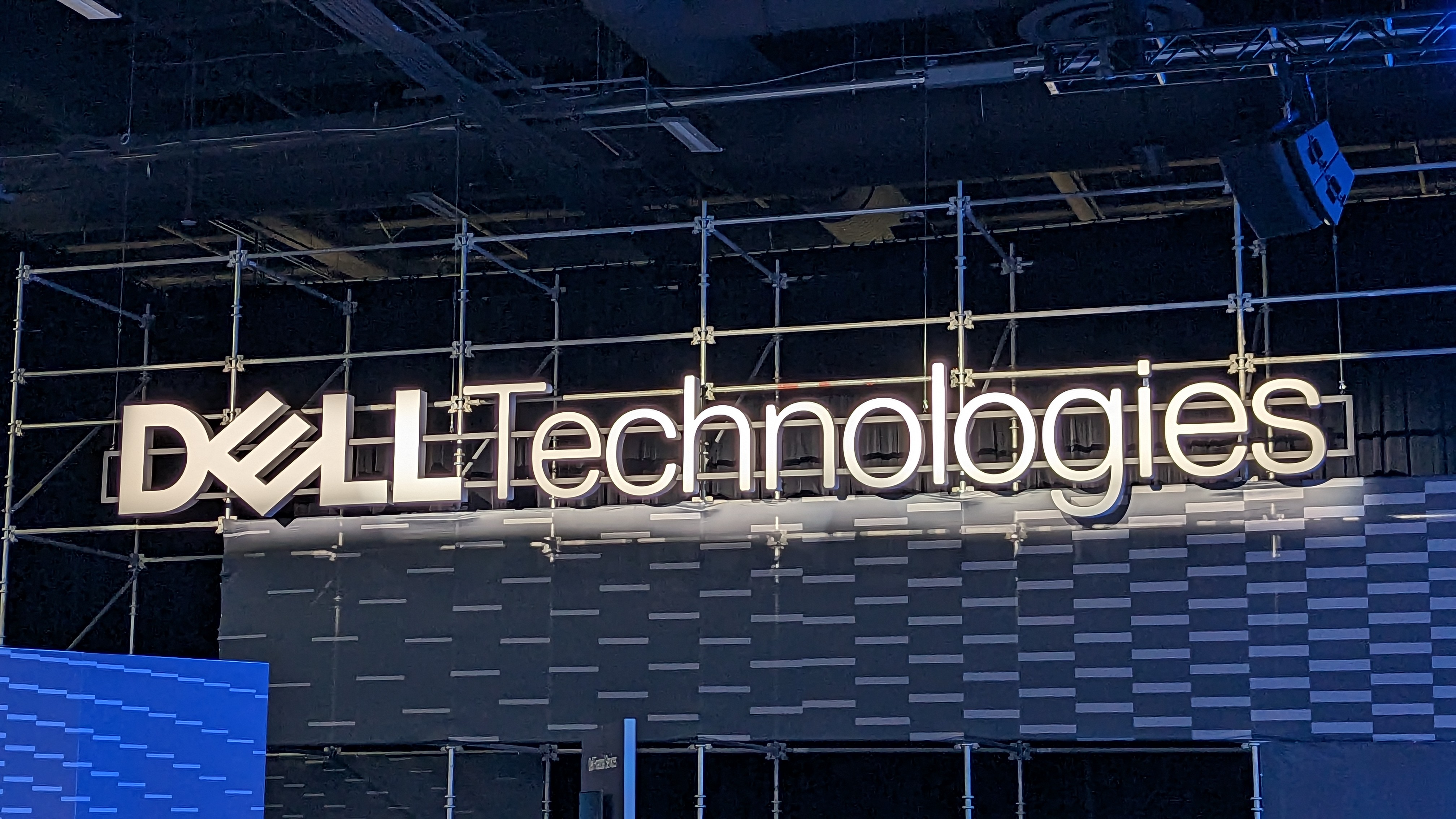 PowerStore resiliency
PowerStore resiliencywhitepaper PowerStore resiliency
By ITPro Published